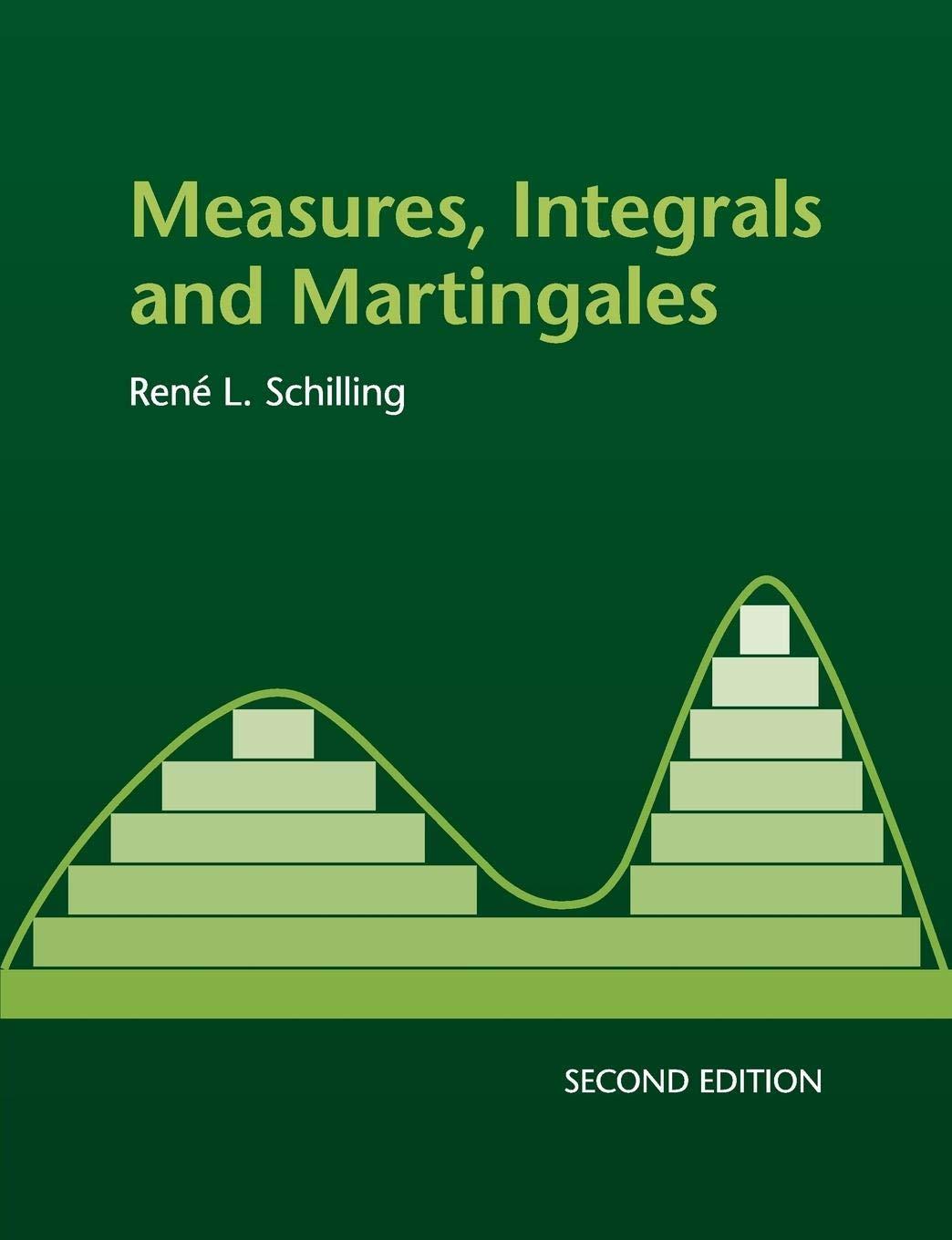A measure (u) on (left(mathbb{R}^{n}, mathscr{B}left(mathbb{R}^{n}ight)ight)) is called quasi-invariant if for all (N in mathscr{B}left(mathbb{R}^{n}ight)) with (u(N)=0)
Question:
A measure \(u\) on \(\left(\mathbb{R}^{n}, \mathscr{B}\left(\mathbb{R}^{n}ight)ight)\) is called quasi-invariant if for all \(N \in \mathscr{B}\left(\mathbb{R}^{n}ight)\) with \(u(N)=0\) it holds that \(u(N+x)=0\) for all \(x \in \mathbb{R}^{n}\). Show that \(u \ll \lambda\) and \(\lambda \ll u\), where \(\lambda\) is \(n\)-dimensional Lebesgue measure.
[ consider the convolution \(u \star \lambda(N)\).]
Fantastic news! We've Found the answer you've been seeking!
Step by Step Answer:
Related Book For 

Question Posted:





